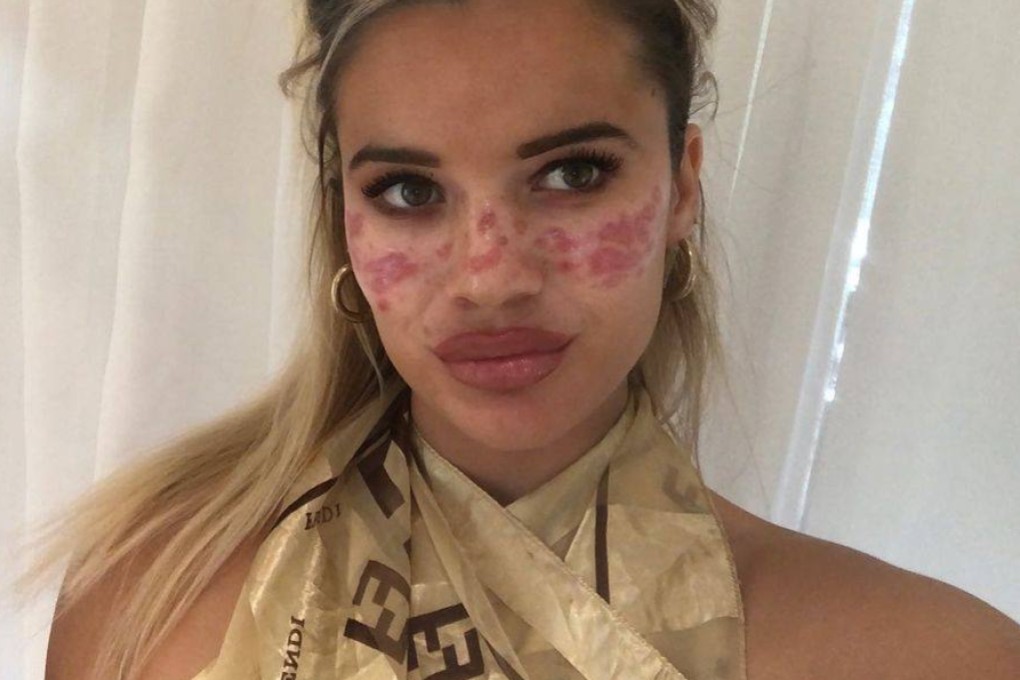Advertisement
The worst viral beauty trends on TikTok and why you should avoid them, from sunscreen contouring to microneedling at home
- Gwyneth Paltrow has been criticised by skincare industry insiders for revealing she selectively applies sunscreen on the areas of her face where the sun hits first
- At-home microneedling increases the risk of spreading bacteria from spots, cysts and wounds to your face – if you want the procedure, get it done professionally
Reading Time:4 minutes
Why you can trust SCMP

Dozens of viral beauty trends, from make-up styles to nail designs, are born every single week on social media platform TikTok. While most are harmless, one will occasionally come along that is potentially dangerous.
Dermatologists around the world have issued warnings about blindly following a TikTok trend, and have advised people to not try everything they see on the platform.
“It is important to remind people that social media should not be used as a primary source for dermatology issues,” Dr Anjali Mahto, spokeswoman for the British Association of Dermatologists, says. “When it comes to skin, it can lead to unnecessary fear or panic where it is not needed.”
Advertisement
Here are some of the TikTok hacks that dermatologists don’t want you to try at home.
Slugging
While it has been trending recently, slugging is not new. It started a few years back as a K-beauty hack to prevent water loss and to rejuvenate flaky skin by slathering a hefty layer of petroleum-based products on your face right before bed.
Advertisement
Select Voice
Choose your listening speed
Get through articles 2x faster
1.25x
250 WPM
Slow
Average
Fast
1.25x